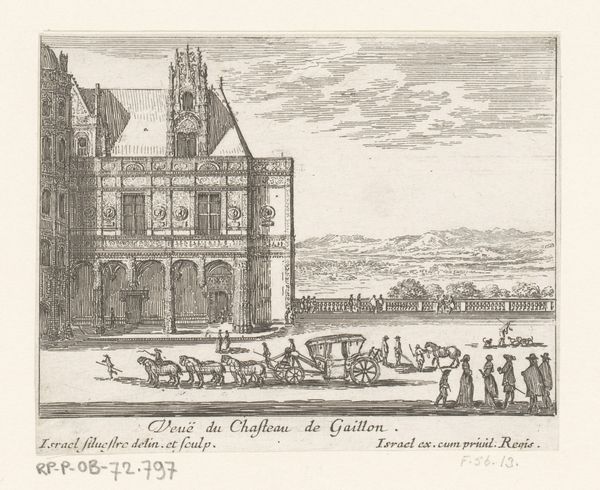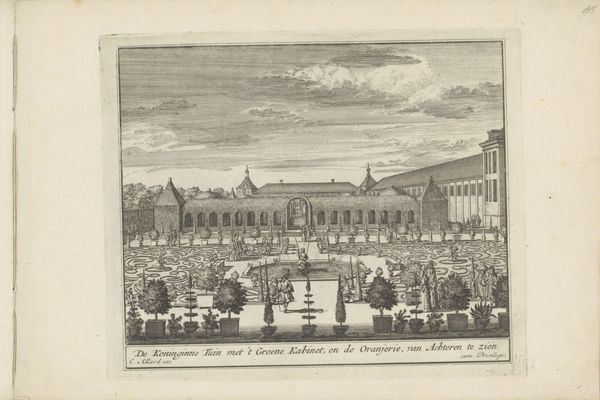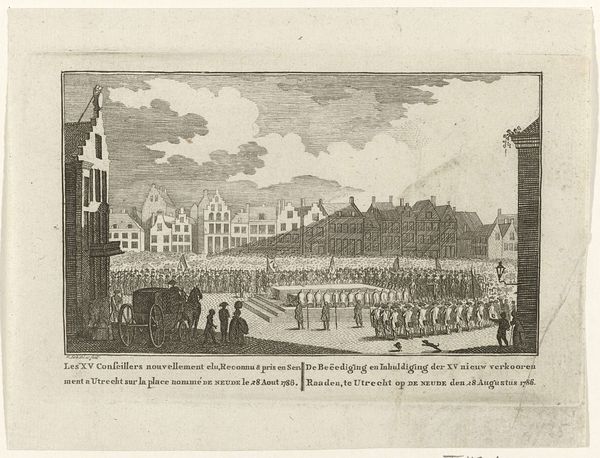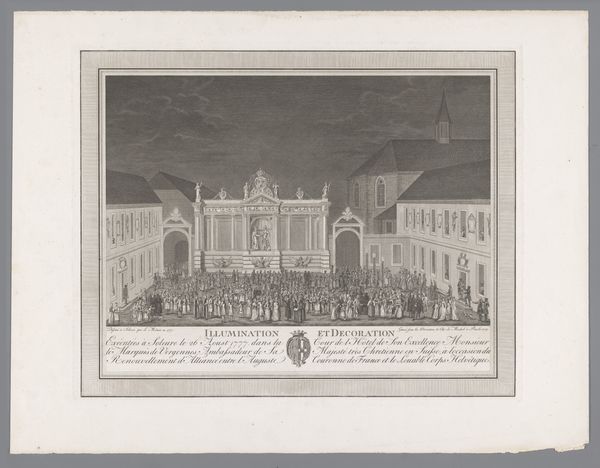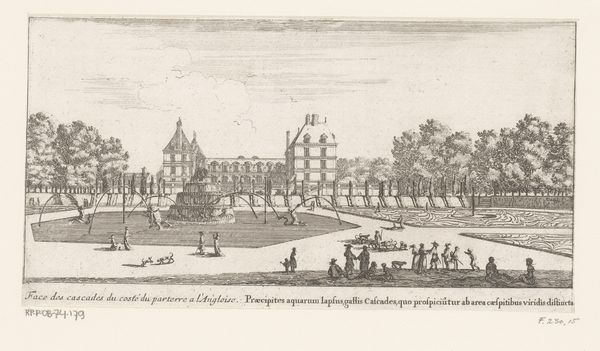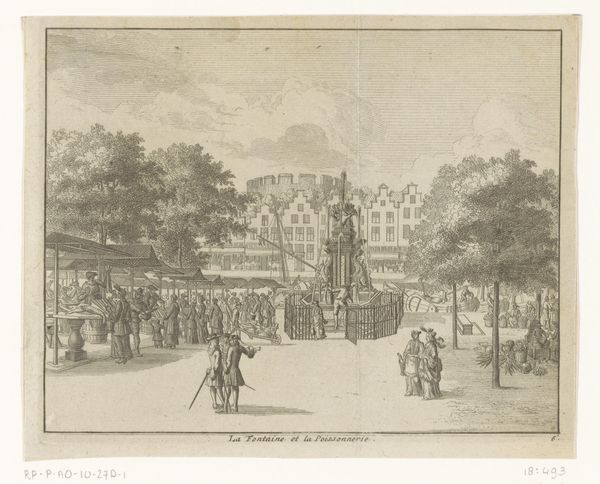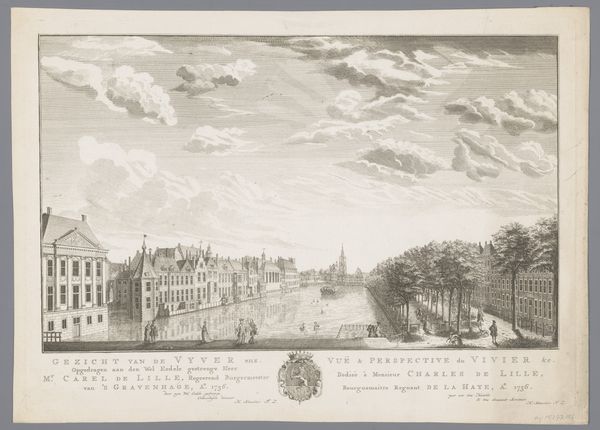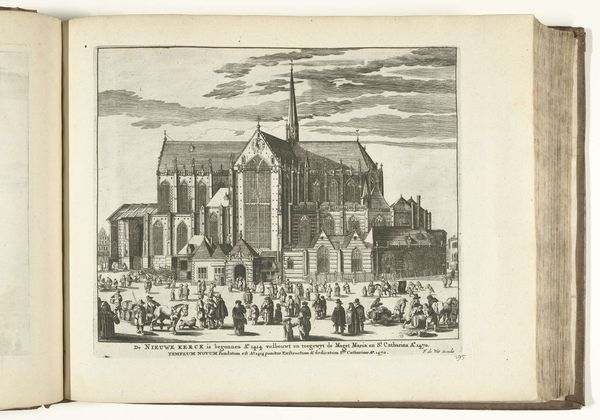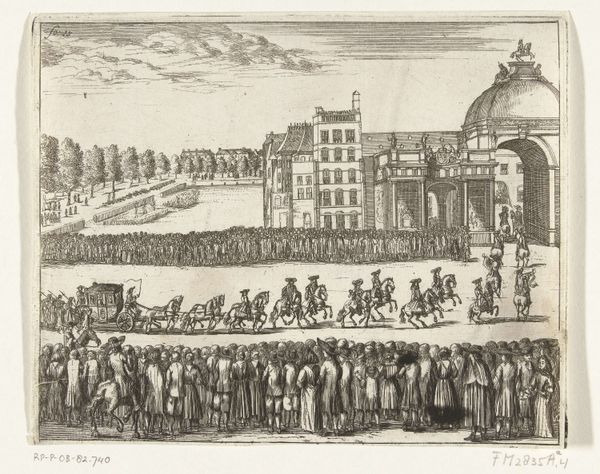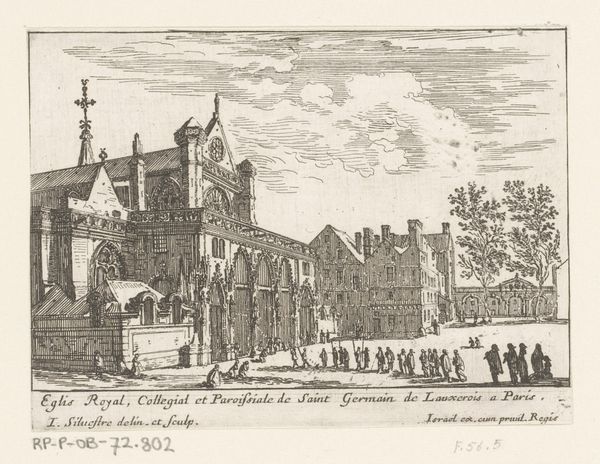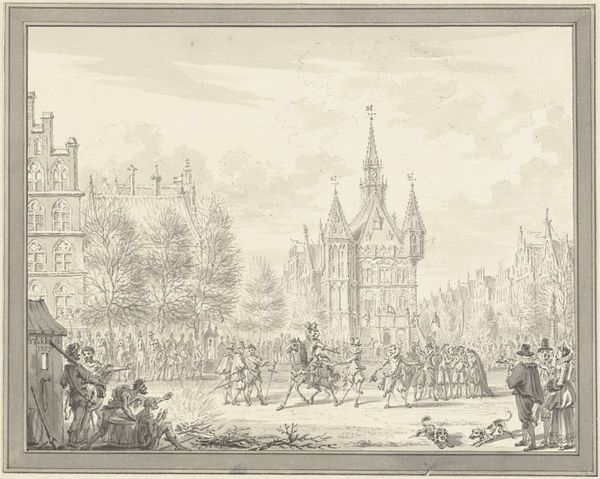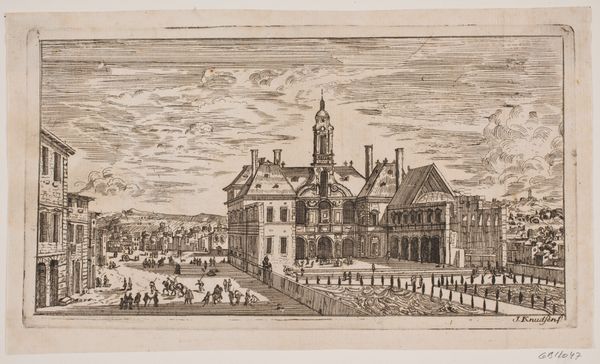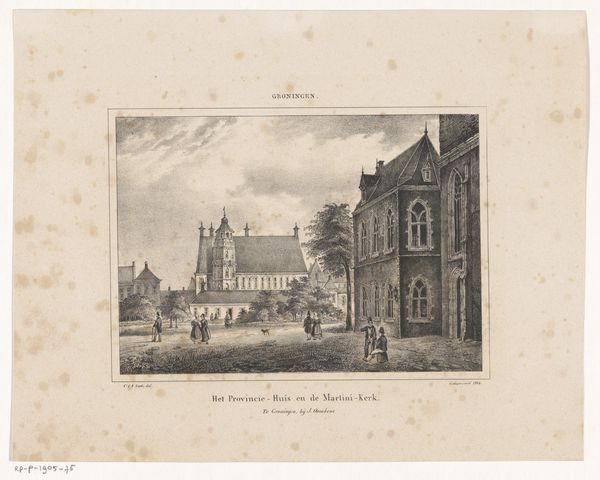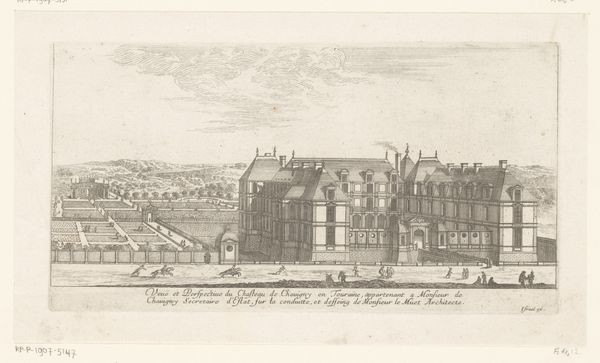
print, engraving
#
neoclacissism
# print
#
old engraving style
#
cityscape
#
history-painting
#
engraving
Dimensions: height 151 mm, width 196 mm
Copyright: Rijks Museum: Open Domain
Curator: Let's turn our attention to this engraving, "Intocht van prins Willem Frederik te Amsterdam, 1813," dating from between 1813 and 1814. It’s housed right here at the Rijksmuseum. What are your first thoughts? Editor: It has a very precise, almost documentary feel. The lines are clean, sharp, and convey a sense of restrained celebration, perhaps? And quite monochromatic in its tonality. Curator: Precisely. It captures a pivotal moment: Prince William Frederick's entrance into Amsterdam after a long period of French rule. What I find interesting is the layering of meaning within what seems like a straightforward historical record. Editor: It's a print, right? Engraving on, likely, paper. That impacts the type of mark-making that’s possible and reflects on production methods of the time. Didactic art for wider distribution, perhaps? Curator: Undoubtedly. Think about the significance of producing multiples during a period of political transition. The print becomes a tool for disseminating a specific narrative, legitimizing the new ruler and fostering a sense of national unity in this newly formed Kingdom. It invokes a particular type of civic pride. Editor: You can see that in the architecture too, a nod to Neoclassicism; which always comes back to social structure for me, looking toward old forms for the new. There are echoes of the labor in producing such an intricate, reproducible image. Each line, carefully etched, contributes to the overall message of order and the legitimacy of the ruling power. It makes me think of the workshops and skills involved. Curator: Exactly, the choice of the engraving as a medium highlights accessibility, disseminating political ideology across different social strata. But also a subtle implication in Dutch history here: freedom after foreign oppression. Editor: The clouds are quite stylized, which in my view makes them into objects or set pieces, contributing to the staging and material reality, rather than just the image of an atmosphere. I wonder if these visual devices are less concerned with history and more about an appealing symbolic order. Curator: It seems it wanted to inspire hope and project power, embedding within it this precise social moment through material means. The layers of messaging embedded in this image give us insight into what was at stake here for its anonymous maker. Editor: It is a complex object, after all, this engraving, bridging political intent, aesthetic consideration, and sheer production process. There are some many things that are in play.
Comments
No comments
Be the first to comment and join the conversation on the ultimate creative platform.
